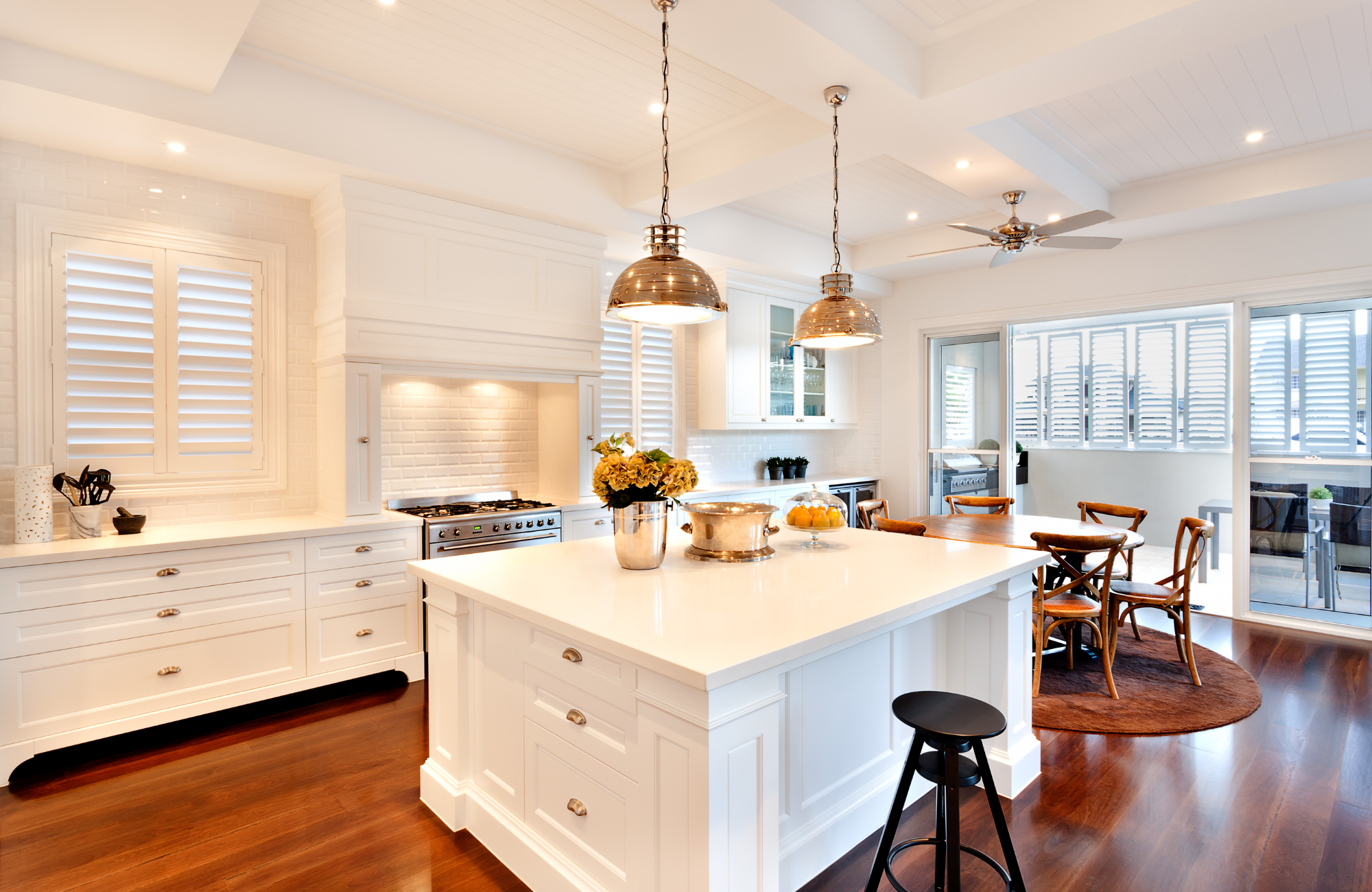Mid-term rentals are becoming an increasingly popular choice for both property owners and renters. Offering the perfect balance between short-term and long-term leases, mid-term rentals typically range from one to six months. These rentals are ideal for traveling professionals, students, and those relocating for work. In this blog post, we’ll explore the definition, benefits, and growing demand for mid-term rentals. Learn why mid-term rentals might be the perfect option for your property and how to get started in this thriving market.
In the ever-evolving rental market, mid-term rentals have emerged as a lucrative and flexible option for both property owners and renters. These rentals, which typically last from one to six months, offer a unique blend of the benefits found in short-term and long-term leases. Mid-term rentals cater to a diverse group of tenants, including traveling professionals, students, and individuals relocating for work or personal reasons. This article will delve into what mid-term rentals are, why they are gaining popularity, and how property owners can successfully tap into this market.
What Are Mid-Term Rentals?
Mid-term rentals, also known as medium-term rentals, fill the gap between short-term rentals (usually less than 30 days) and long-term rentals (typically one year or more). These rentals are often furnished and include utilities, making them an attractive option for tenants seeking convenience and flexibility. Unlike short-term rentals, which often cater to tourists, mid-term rentals are geared towards individuals who need a temporary home for a few months. This makes them ideal for various tenant profiles, including:
- Traveling Professionals: Employees on temporary assignments or training programs.
- Students: Particularly those in short-term academic programs or internships.
- Relocators: Individuals or families in the process of moving to a new city or country.
Benefits of Mid-Term Rentals for Property Owners
Mid-term rentals offer several advantages for property owners, making them a compelling option in today’s rental market. Here are some key benefits:
- Steady Income: Mid-term rentals provide a more stable income stream compared to short-term rentals, which can be highly seasonal. With leases lasting several months, property owners can count on consistent rental payments.
- Lower Turnover: The longer lease periods reduce the frequency of tenant turnover, which in turn lowers the associated costs and efforts of marketing, screening, and preparing the property for new tenants.
- Fewer Regulations: In many regions, mid-term rentals are subject to fewer regulations than short-term rentals, which often face stringent zoning laws and licensing requirements.
- Less Wear and Tear: Since tenants stay longer, there’s typically less wear and tear on the property compared to the frequent guest turnover seen in short-term rentals.
- Diversified Tenant Base: Mid-term rentals attract a diverse group of tenants, reducing the risk of vacancy and providing a steady demand throughout the year.
Growing Demand for Mid-Term Rentals
Several factors are driving the increasing demand for mid-term rentals:
- Remote Work and Digital Nomadism: The rise of remote work and the digital nomad lifestyle has created a need for flexible, temporary housing solutions. Many professionals are choosing to work from different locations for extended periods, making mid-term rentals an ideal option.
- Academic and Professional Programs: Students and professionals participating in short-term academic courses, internships, or training programs often require housing for a few months.
- Relocation and Home Renovation: Individuals and families relocating to new cities or renovating their homes may need temporary accommodation that is more comfortable and home-like than a hotel.
How to Get Started with Mid-Term Rentals
If you’re considering entering the mid-term rental market, here are some steps to get you started:
- Research Your Market: Understand the demand for mid-term rentals in your area. Look at the types of tenants seeking such rentals and the average rental rates.
- Prepare Your Property: Furnish your property with essential amenities, including furniture, kitchen appliances, and internet connectivity. Ensure the property is clean, well-maintained, and ready for occupancy.
- Set Competitive Pricing: Price your rental competitively by researching comparable properties in your area. Consider offering discounts for longer stays to attract tenants.
- Market Your Rental: List your property on platforms that cater to mid-term renters, such as Airbnb, Zillow, and specialized rental sites like Furnished Finder. Use high-quality photos and detailed descriptions to attract potential tenants.
- Screen Tenants: Conduct thorough background checks to ensure you’re renting to reliable and responsible tenants. Verify their employment, rental history, and references.
- Manage Your Property: Provide excellent customer service and promptly address any maintenance issues. Consider using property management software to streamline your operations.
Conclusion Mid-term rentals offer a unique opportunity for property owners to generate steady income while catering to a growing market of tenants seeking flexibility and convenience. By understanding the benefits and taking the necessary steps to prepare and market your property, you can successfully tap into this thriving market. As the demand for mid-term rentals continues to rise, now is the perfect time to explore this lucrative opportunity.

